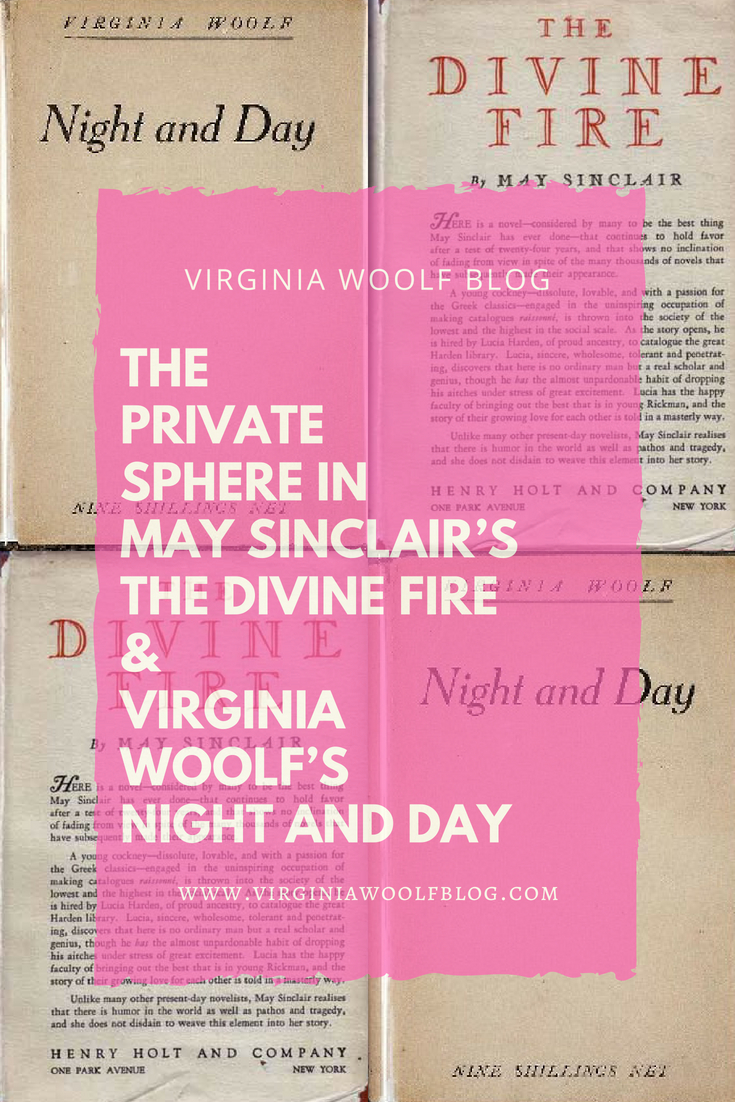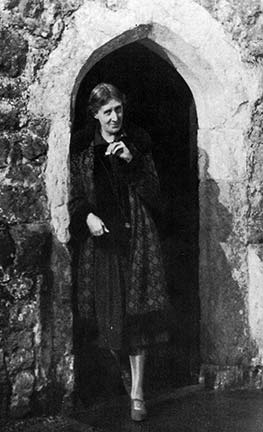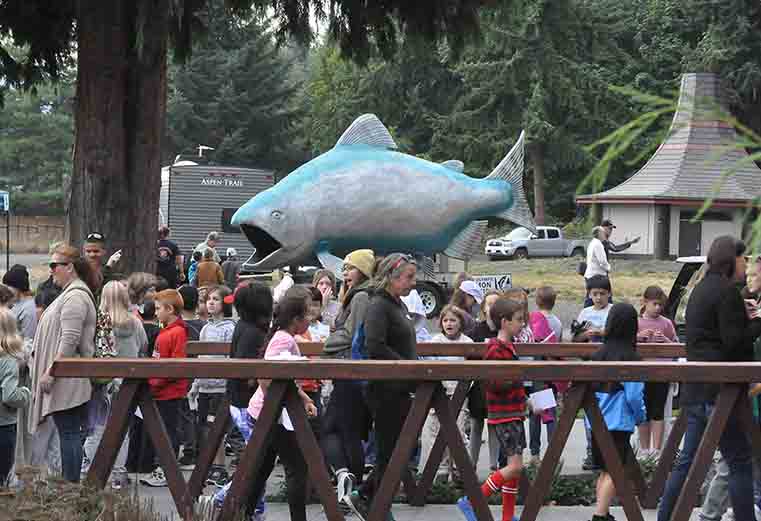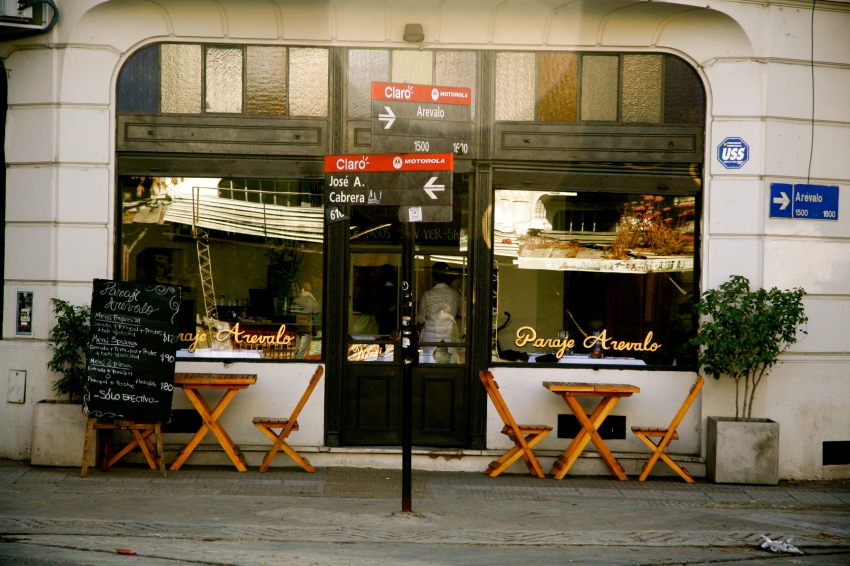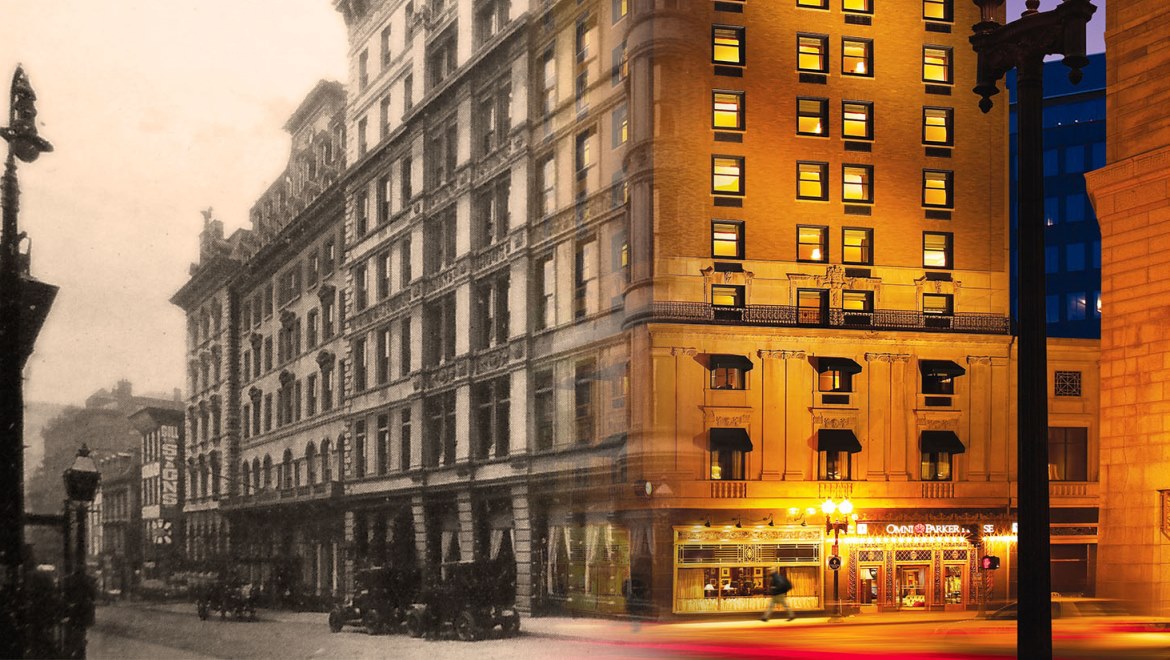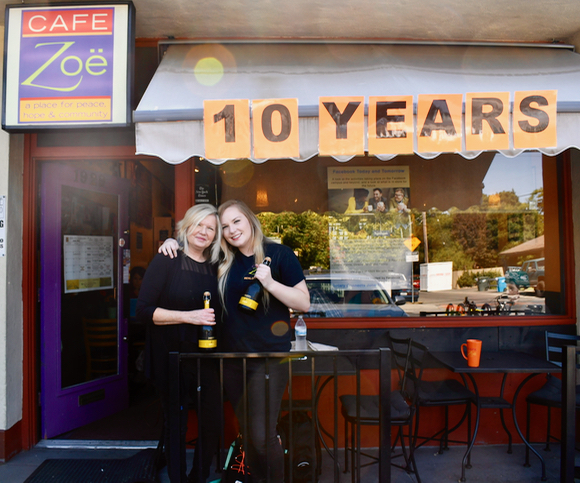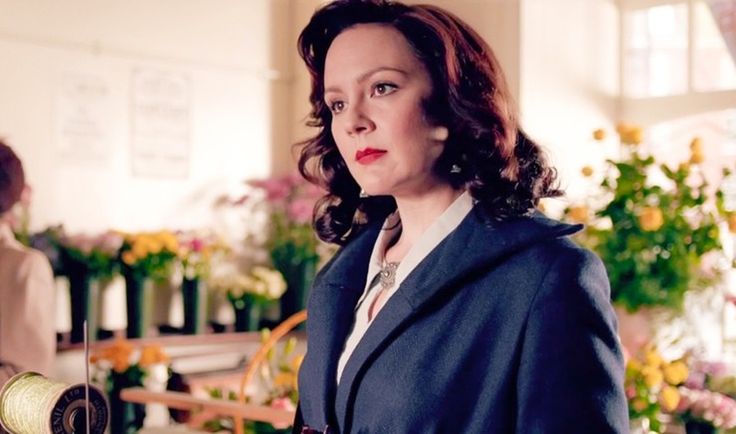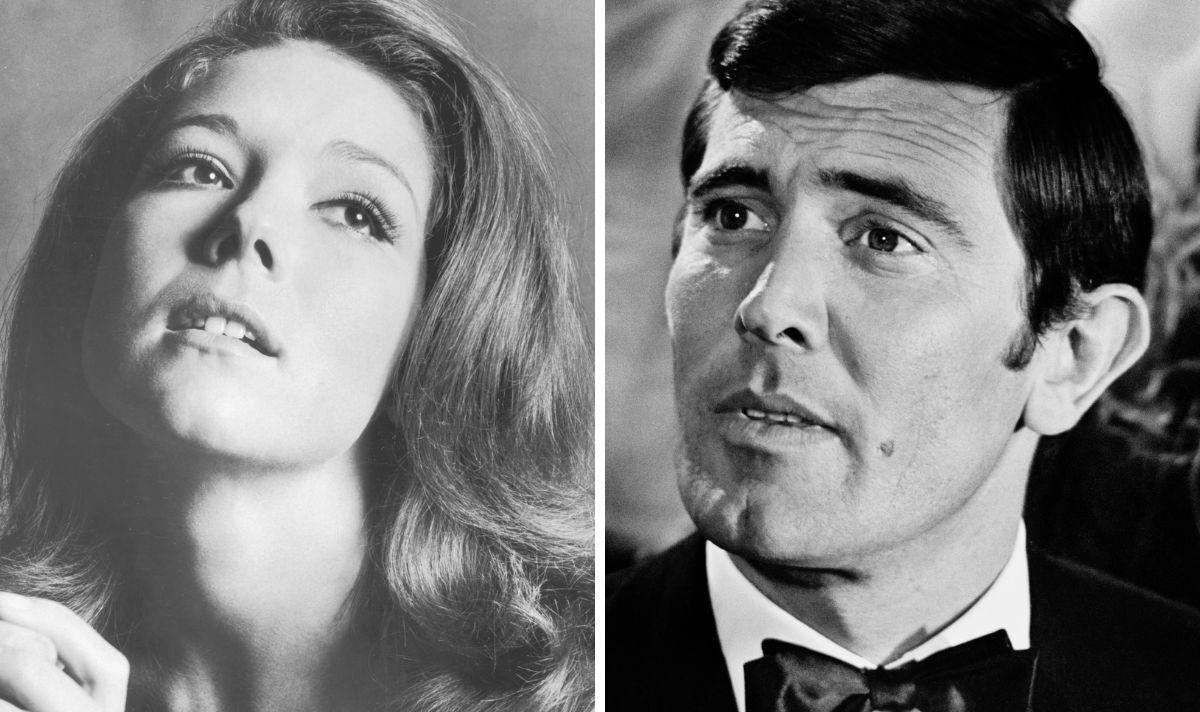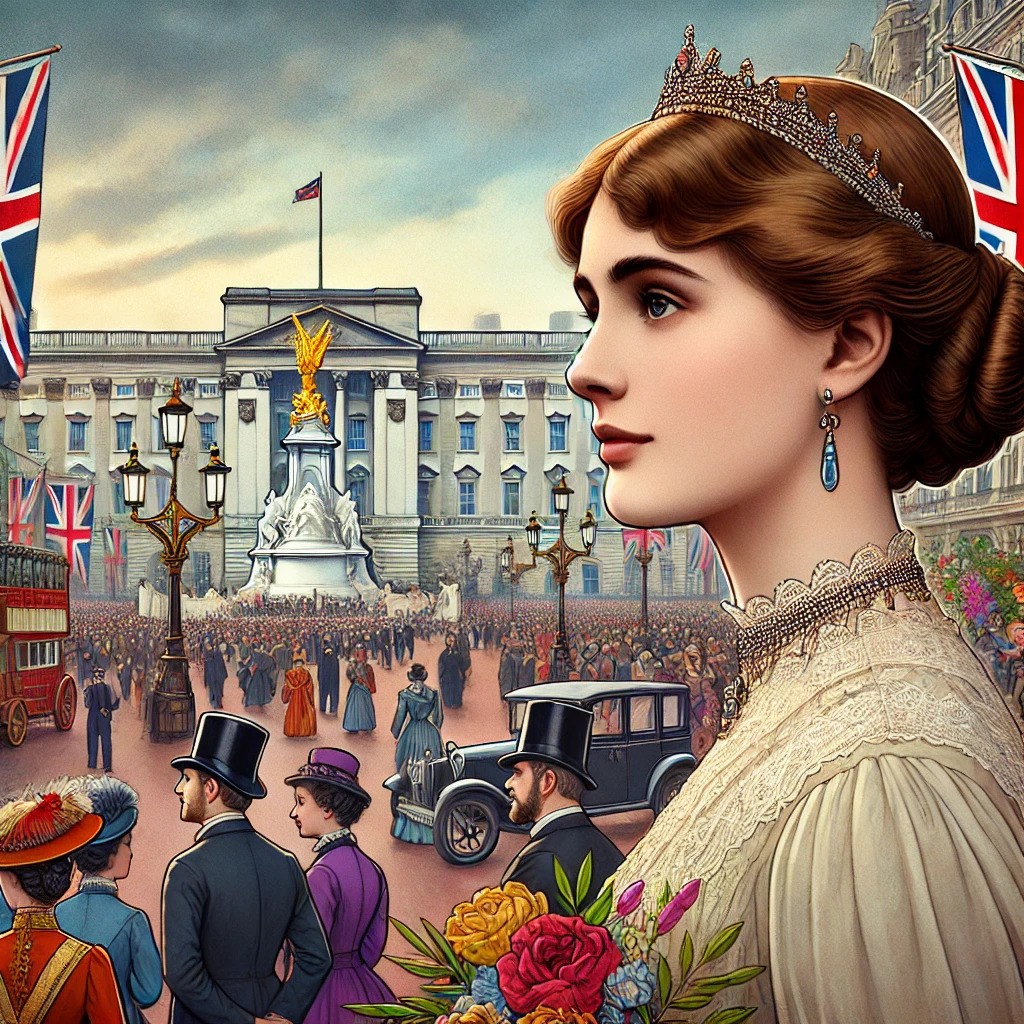
On June 22, 1897, Queen Victoria celebrated her Diamond Jubilee with a large procession throughout London.
According to a recent article in the Guardian, fifteen-year-old Virginia Woolf attended the procession with her family and wrote about the experience in her diary:
“Troop after troop – one brilliant colour after another … The Queen smiled and nodded her poor tired head.”
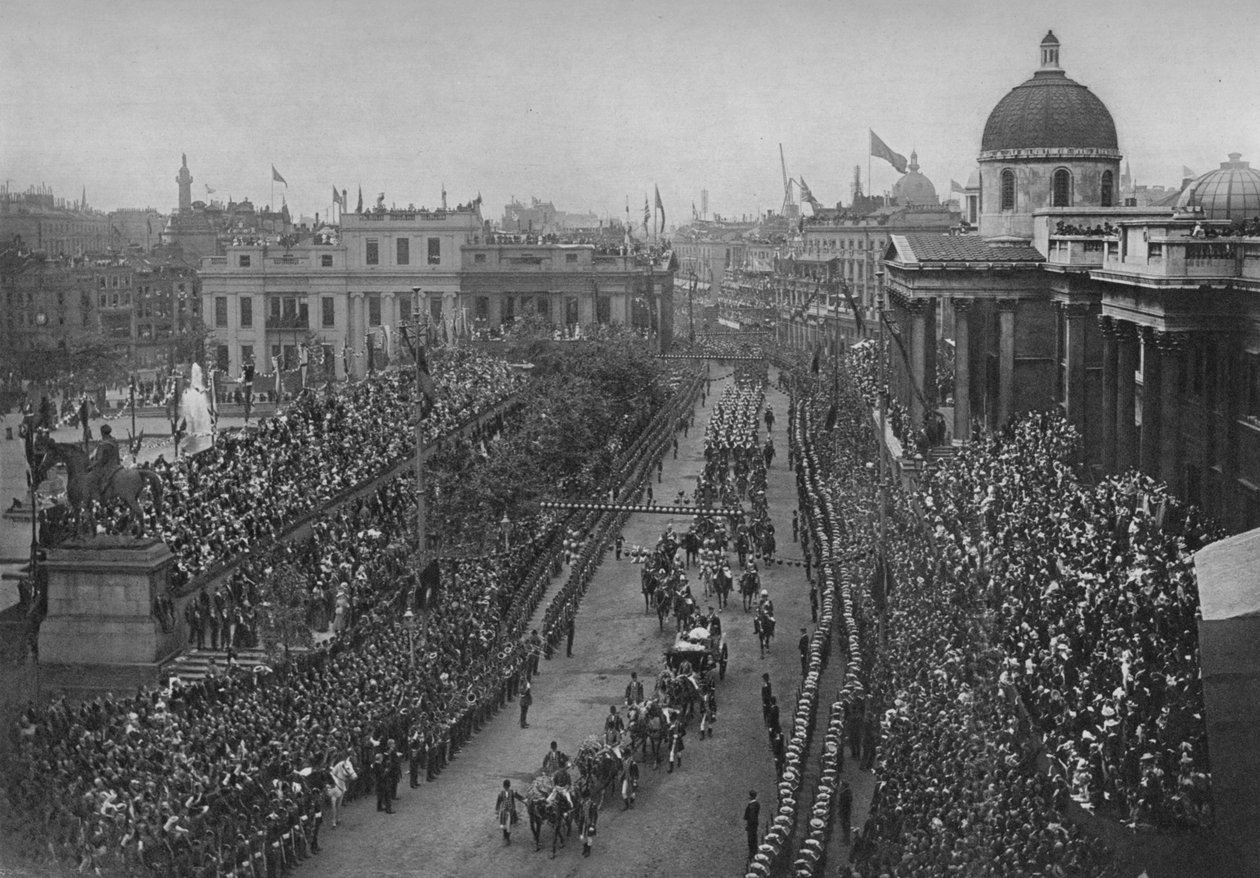
The Queen was indeed tired as she was 78 years old and suffering from arthritis, which confined her to her horse-drawn state coach throughout the long six-mile procession. Nonetheless, the Queen enjoyed the experience, as she recorded in her own diary:
“No-one ever, I believe, has met with such an ovation as was given to me, passing through those six miles of streets. The crowds were quite indescribable and their enthusiasm truly marvellous and deeply touching. The streets were beautifully decorated, also the balconies of the houses with flowers, flags, and draperies of every hue. The streets, the windows, the roofs of the houses, were one mass of beaming faces, and the cheers never ceased”
The parade route stretched from Buckingham Palace, past Parliament, across Westminster Bridge and then back over the Thames again with a stop at St. Paul’s Cathedral for an open air ceremony, which was held in the queen’s carriage because she couldn’t walk up the steps of the cathedral.

A large number of military troops in their best dress uniforms, including Colonial forces from Canada, Africa, the Antipodes and India, accompanied the queen on the procession. The Queen herself wore a black gown, as she was known to do, to mourn her late husband, Prince Albert, who died in 1867.
The experience must have left an impression on young Virginia because almost 30 years later she reconstructed the moment for her character Clarissa, in her novel Mrs. Dalloway:
“It is probably the Queen, thought Mrs. Dalloway, coming out of Mulberry’s with her flowers, the Queen. And for a second she wore a look of extreme dignity standing by the flower shop in the sunlight while the car passed at a foot’s pace, with its blinds drawn. The Queen going to some hospital, the Queen opening some bazaar, thought Clarissa…The car had gone, but it had left a slight ripple which flowed through glove shops and hat shops and tailor shops on both sides of Bond street…Tall men, of robust physique, well-dressed men with their tail-coats and their white slips and their hair raked back who, for reasons difficult to discriminate, were standing in the bow window of Brooks’s with their hands behind the tails of their coats, looking out, perceived instinctively that greatness was passing, and the pale light of the immortal presence fell upon them as it had fallen upon Clarissa Dalloway. At once they stood even straighter, and removed their hands, and seemed ready to attend their Sovereign, if need be, to the cannon’s mouth, as their ancestors had done before.”
Virginia later found herself writing about the Royal Family yet again, in 1936, when she became fascinated by King Edward VIII’s sudden abdication and wrote about it in great detail in her diary.
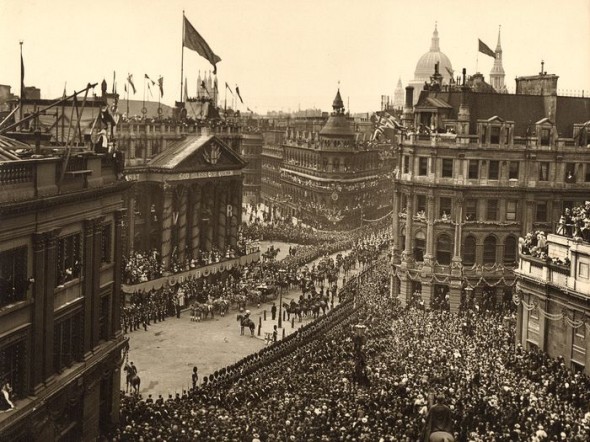
Sources:
Mrs. Dalloway; Virginia Woolf; 1925
Passionate Apprentice: The Early Journals: 1897-1909; Virginia Woolf
BBC; Queen Victoria and Britain’s First Diamond Jubilee; Andy Sully; May 2012: http://www.bbc.co.uk/news/uk-17368499
The Guardian; Queen Elizabeth II: how will our age be remembered?; Tristram Hunt; May 2012: http://www.guardian.co.uk/uk/2012/may/30/queen-elizabeth-how-age-remembered

